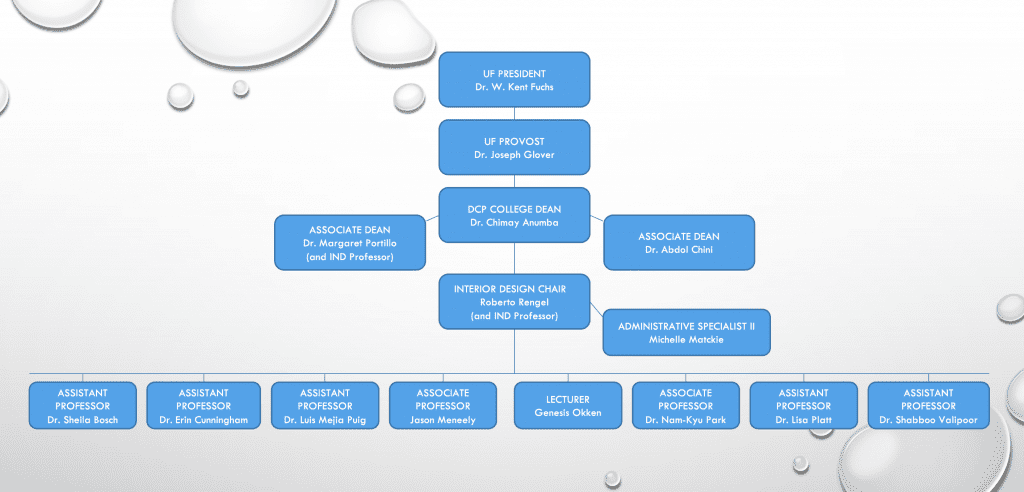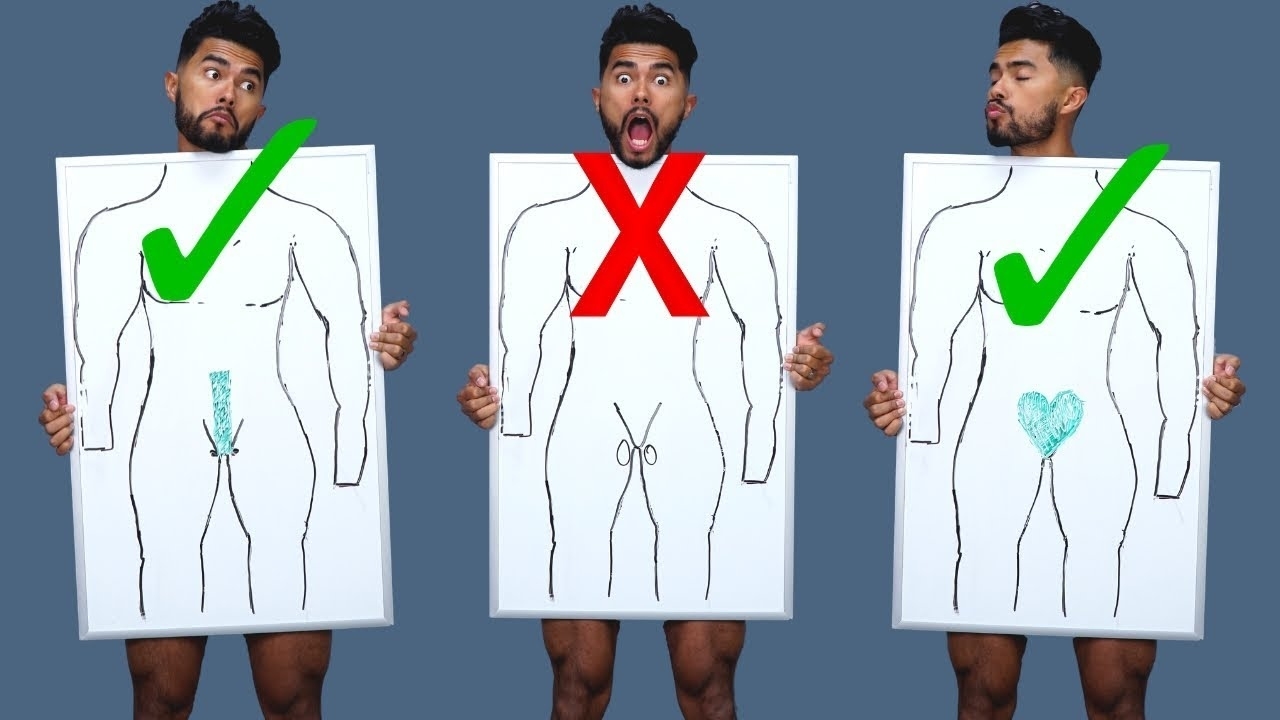Table Of Content

In the enterprise meaning of the word, companies enter a collaborative hierarchy to produce products or services. Culture is how the organization really operates and how well it translates strategy into practice. Most companies experienced in a few months what once would usually have happened in a decade.
Join AIGA and Become a Member Today!
Understanding the history of organizational design gives insights into its significance and progression. As businesses grew and evolved, so did the frameworks guiding their structures. Amy Kates from Kates Kesler outlines a strategy for organizational design in a toolkit for HR. Completing this process will help define your company's structure and governance. The challenge with organizational design in a divisional model is that each division often has different teams, challenges, and priorities.
Deliver your projectson time and under budget
FAA publish report on Boeing's Organization Designation Authorizations (ODA) for the Design and Production of ... - ATC Network
FAA publish report on Boeing's Organization Designation Authorizations (ODA) for the Design and Production of ....
Posted: Wed, 28 Feb 2024 08:00:00 GMT [source]
Begin by reviewing each key role and specifying the talent it needs; then choose the most promising candidate, regardless of current seniority, salary level, or contract type (external resourcing is one of the options). In grappling with organization design, company executives tend to draw on two venerable approaches, which can be characterized as the “hard” approach and the “soft” approach. Just like building a house requires a detailed plan that covers every nook and cranny, organization design is shaped by several vital components. Each one plays a pivotal role in ensuring the entire system functions seamlessly. Collaboration tools, real-time communication platforms, and data analytics have facilitated more fluid and networked organizations. Once you know how your company must interact to achieve its goals, you can define reporting relationships and layers by creating an org chart.
Industrial Goods
Supervisors have a real-time dashboard display of performance metrics. Curated by our Design Educators Community (DEC), explore the collection of resources tailored for design educators. AIGA Baltimore and the Society of Design Arts (SoDA) are hosting a series of events created to promote the rich and plural histories of Latin American production in design.
The business landscape today appreciates flexibility, cross-functionality, and a more democratic approach to decision-making. This change reflects the realization that diversified input can lead to more holistic outcomes. Once you understand where you're going and how to get there, you need to assess your company's current capabilities and the gap in achieving its goals and objectives. Blogging platform Medium used the holacracy structure for three years before abandoning the model in 2016.
Organisation design models and frameworks
Even the lowly hierarchical functional model has advantages in the right situation. From about 1980 to mid-late 1990, teams organized themselves around complete workflow processes rather than tasks, leading to flatter structures and cross-functional teams. The rise of the quality movement and Six Sigma drove the new team orientation and inspired new types of organizational design. We hope this article has given you sufficient information to think through how you want to approach redesigning your organization and how you can use organizational design models to navigate this change process.
As a result, the organization is more likely to earn higher profits and improve the quality of its goods and services. It’s also likely to have a more motivated workforce and be better prepared to weather disruption. An organization is nothing more than a living embodiment of a strategy. Research suggests that only 10% of organizations are successful at aligning their strategy with their organization design. Some of the problem is a gross misunderstanding of what the word “alignment” actually means in this context.
International Business
As we discuss in our Organizational Development Certificate Program, organizational design is about creating the best fit between the strategic choices of the organization and the organizational setting. Whether undertaking a formal organisational design activity or not, HR practitioners at all levels can undertake organisation design to some degree. Designing and implementing HR practices will benefit from an organisation design mindset. Our podcast A new dawn for OD explores how we see organisation design evolving.
The Nadler-Tushman model presents a six-step plan for closing the gaps in how the elements of an organization work together. It examines communications and information flow to understand the congruence of four components. Results are the measures of how well the organization functions. Well-designed metrics are the basis for understanding performance. Strategy is about how the organization will compete by adding value for customers.

This model works best for face-paced startups because employees have more autonomy while information, communication, and feedback follow freely. A hierarchical or vertical is a traditional top-down org structure with the CEO at the top, followed by C-suite execs, management, etc. The hierarchy defines clear channels for communication and promotion. Rewards are the incentives that motivate employees, including salaries, promotions, bonuses, profit sharing, stock options, etc.
This company will benefit from (1) higher specialization to reduce inefficiencies, (2) lower coordination, (3 & 4) responsibility and control lies higher in the organization, and (5) the organizational structure will be more rigid. The disadvantage of carrying out organisation design based on such ‘trigger’ events is that it is often ineffective longer term. Over time, the horizontal structure has developed into sub-types of organizational design, including team-based, modular, and virtual forms. As new generations enter, ascend and assume leadership positions within organizations, their expectations of a deeper connection to work and those they work with require a new look at motivation, retention, reward and responsibility.
One strategy in this regard is to create and foster roles that offer great learning experiences or enhanced career paths. Silos, bureaucracy, and lack of decision-making efficiency are among the biggest challenges organizational designers must overcome with hierarchical organizational structures. An internally focused organization will have more collaboration, while an externally focused organization will have more customer-facing project groups and business units. When an organization is structured and designed in a way that fits its purpose, it will result in organizational effectiveness.
Over time, developments and practices may reach a point where they are no longer fit with each other or with the strategy that they are trying to implement. The challenge many organisations face is the increasing pace of change and transformation which is demanding frequent re-design activities. Organisations are now trying to re-design themselves to allow them to respond to emerging changes without having to implement large re-design programmes – see the concept of reconfigurable organisations. Wherever it sits, it’s good practice to use multi-disciplinary teams and employee involvement techniques to ensure a wide range of individuals and functions are involved. We provide stakeholders from the civil society, industry, governmental and non-governmental organizations with support from the design community. Export your org structure at high fidelity, embedding it to your Confluence pages.
(PDF) Design-Led Sustainable Transition in Organization: A framework to guide and evaluate employee change - ResearchGate
(PDF) Design-Led Sustainable Transition in Organization: A framework to guide and evaluate employee change.
Posted: Tue, 10 Oct 2023 00:12:21 GMT [source]
All too often, companies deploy performance assessment criteria to link operational failures to specific roles or individuals. A smart organization understands that performance requirements can be highly complex and often conflicting and accepts that problems of execution arise for many reasons. Finally, organizational enablers provide further help in creating the coherent organizational context that encourages the desirable behaviors. The main enablers are enterprise-level decision processes and their support systems, performance management, and talent management. Organizational structure and design are critical elements in ensuring an organization is set up to thrive. A poor organizational structure can cause a host of problems, including low employee morale, high staff turnover, poor work quality, lack of coordination between business units, wasted time and ineffective problem-solving.
It also has a significant impact on decision-making, which can have adverse effects on the company's goals and strategy. When building a company from the ground up, more goes into the interpersonal way an organization communicates than you think. What we are talking about of course is organizational design, or in other words, how a company structures its people and employees and the way they communicate with one another.

No comments:
Post a Comment